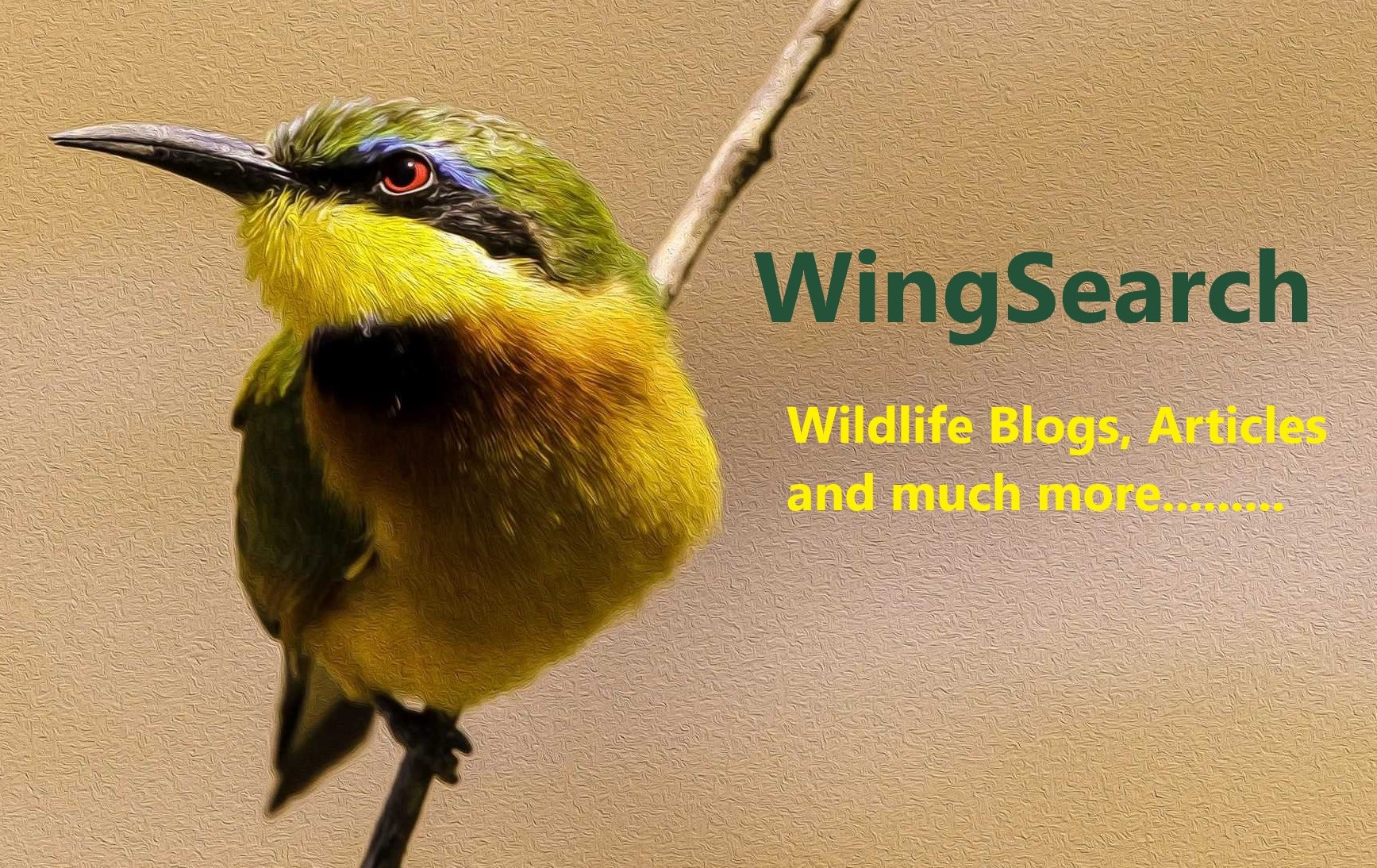Cley – 15th May 2013 – Spring is often interrupted by a brief return to colder, inhospitable weather on the North Norfolk coast. Wildlife seems to take this anomaly in its stride, but for us fragile humans it can be frustrating. More articles in this series can be found here.
Just as you think things have really changed for the better, you turn your back and winter creeps along to take a quick nip at your heels. So you rummage in the boot of your car to once again adorn thick jacket, hat and gloves, find your heavy walking boots, jut your chin into the wind and stoically set forth to spend the day on one of the finest nature reserves in the country. Not a bad way to spend your time in truth, and once ensconced in the hides, soaking in the panorama of regenerating reed beds and lush green marshland, all moans about the weather become a minor irritation and you can settle down to discover what wildlife is on show.

I saw my first brood of Avocet chicks today, four little balls of down sandwiched between their ever-vigilant parents. Last year the Avocets did remarkably well here at Cley Marshes, with large numbers of chicks reaching the flying stage. Hopefully this year they can repeat that success, but the odds are stacked against them. The weather can create problems with cold and wet spells taking their toll. And then there are corvids, Kestrels, Herons, Marsh Harriers, stoats, rats and foxes to contend with, not to mention hungry gulls, grumpy Coots and bickering adults of their own kind. They have a challenging few weeks ahead of them. This was cruelly illustrated later when ‘Blondie’, the resident female Marsh Harrier launched a sortie. Despite the protestations and physical assault of dozens of piping adults, it was undeterred and successfully caught a small chick for its own brood. It’s simply nature.




A walk along East bank revealed no obvious migrants other than a light westerly passage of Common Swifts and martins. The raucous screeches of Sandwich Terns could no longer be heard from Arnold’s Marsh; the birds have moved to their breeding grounds a few miles to the west. With very little birdlife evident on the sea or the beach, I sought refuge in North hide. It was a similar story here with very few waders on show, and so to avoid the cold wind blasting straight into my face, I turned my position and my attention to a twittering Linnet perched atop a blaze of gorse. As I watched this brightly coloured little finch proclaiming rights to his coconut scented oasis, the sun briefly broke through the clouds illuminating his fine livery to maximum effect. For a few brief moments I was able to really appreciate the combination of rosy pink, grey, buff and brown, made more vivid when highlighted against the backdrop of the threatening deep blue clouds. Such a lovely little bird, but one that is largely overlooked on the basis that it is relatively common; we really should take more time to admire these familiar species, after all they are the bedrock of our avian fauna and are quite lovely in their own right.

Some other familiar and often overlooked birds formed the focus (literally) of attention later in the afternoon, where from Bishop’s hide a group of us tried our hand at photographing Sand Martins. These welcome migrants were still passing through in small numbers and some stayed for a few minutes to snatch a few insects or to quench their thirst. Battling against the strong wind, these jaunty birds sometimes seemed to move in slow motion, and that is when the photographer can strike. Even so, it was a frustrating business with much muted cursing, consequent giggling and the occasional murmur of satisfaction rippling amongst those assembled. It was quite refreshing to concentrate on something as unremarkable as Sand Martins for a change, and at least five people spent the best part of an hour watching them – and what excellent entertainment it was! The light was poor, the wind was cruel, the birding a bit low key, but it didn’t matter. As one visitor remarked today ‘we just love it here’.


